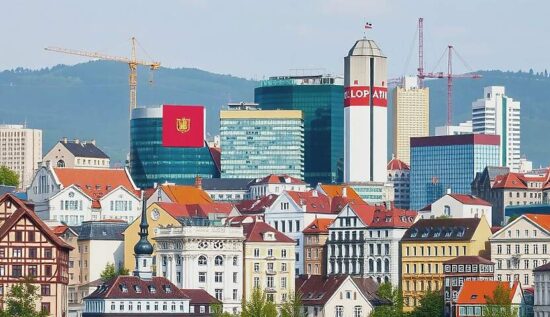Austria’s population has reached exactly 9,198,214 people, according to the latest data from Statistik Austria. This represents a growth of 39,464 individuals, or 0.4%, compared to the previous year.
This marks a continuation of the population growth, albeit at a slower pace than in previous years. In 2023, the increase was 53,978 people, or 0.6%.
Vienna, the capital, continues to be the driving force behind population growth, with a 1.1% increase, making it the highest growth rate among the states. The city is home to 2,028,399 people, a significant portion of the country’s total population.
In contrast, Kärnten saw a mere 0.1% growth, while Burgenland, the only state to experience a decline, lost 0.04% of its population.
Regional data also shows a diverse picture, with 57 political districts experiencing population growth, while 37 districts saw a decline. The strongest growth was observed in Sankt Pölten, Wiener Neustadt, Vienna and Graz, while the smallest town, Rust, saw a decline of 2.5%.
The proportion of foreign nationals in the population has also increased, reaching 20.2%, with 1,855,624 people holding a foreign nationality. Vienna continues to have the highest proportion of foreign nationals, at 36.4%, followed by Vorarlberg and Salzburg.
Experts attribute the moderate population growth and regional disparities to long-term demographic trends, including migration, birth and death rates and internal migration patterns. The ongoing urbanization process is also a significant factor, as cities like Vienna and other urban centers continue to grow, while rural regions often stagnate or decline.





